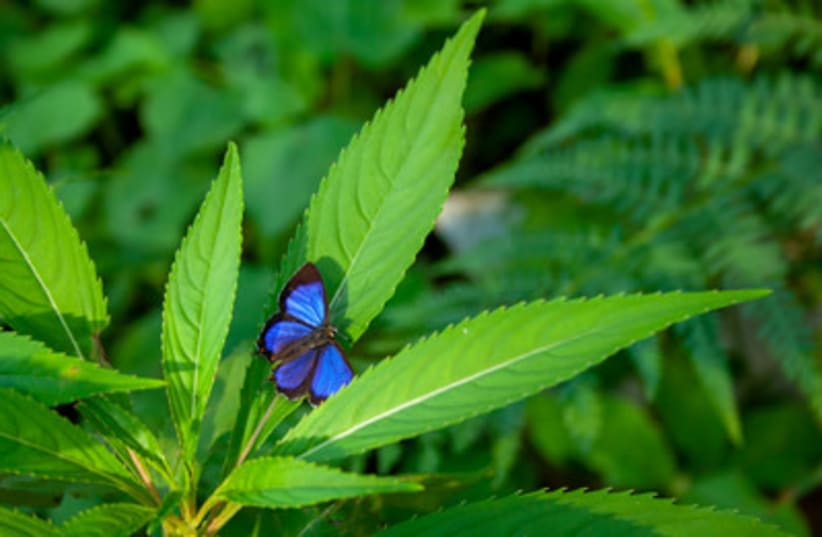Researchers at the Weizmann Institute of Science’s Biomolecular Sciences Department are working to better understand how artificial means could imitate photosynthesis.
Photosynthesis is the process by which plants, algae, and certain kinds of bacteria convert solar radiation into chemical energy. Just like our pupils, plants must adjust to the changing intensity of sunlight.
Led by the institute’s Dr. Reinat Nevo, a recently published peer-reviewed article in Nature Plants revealed that plant membranes change their organization in space during the transition from darkness to light. This enables proteins to come closer to one another and thus shortens the distance electrons must cross.
According to Nevo, this was found by examining the chloroplast membranes under a cryo-scanning electron microscope and comparing the alignment of proteins in the membranes under light and darkness conditions.
“When we looked into the protein density, we realized that the proteins themselves were not changing their positions, as previously thought – rather, the change occurred in how the membranes were organized in space,” Nevo explained.
Additional testing with a transmission electron microscope confirmed the researchers’ hypothesis and showed that membranes indeed rearranged themselves in space, bringing the proteins closer together.
Nevo and her colleagues discovered that one reason the proteins don’t constantly stay close to each other—and that the membrane separates from each other in darkness—is that the separation protects the proteins by isolating them when the light is weak, and little photosynthetic activity is taking place.
After this discovery, the team experimented with two genetically modified plants: one with a “locked” structure of chloroplast membranes in light, actively photosynthesizing, and another group kept in perpetual darkness, preventing the membranes from getting closer.
As hypothesized, plants in light grew more prominent and performed more photosynthesis than their counterparts in the dark.
Climate change
Nevo and her team plan to use this study's findings to investigate the possibility of genetically engineered plants—where the spatial structure of membranes can be regulated—being grown in relatively weak artificial light. This could help conserve energy when cultivating plants, a possible necessity as the effects of climate change worsen.

